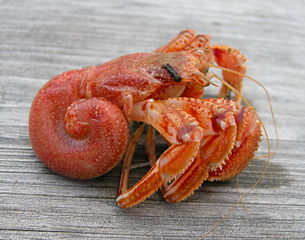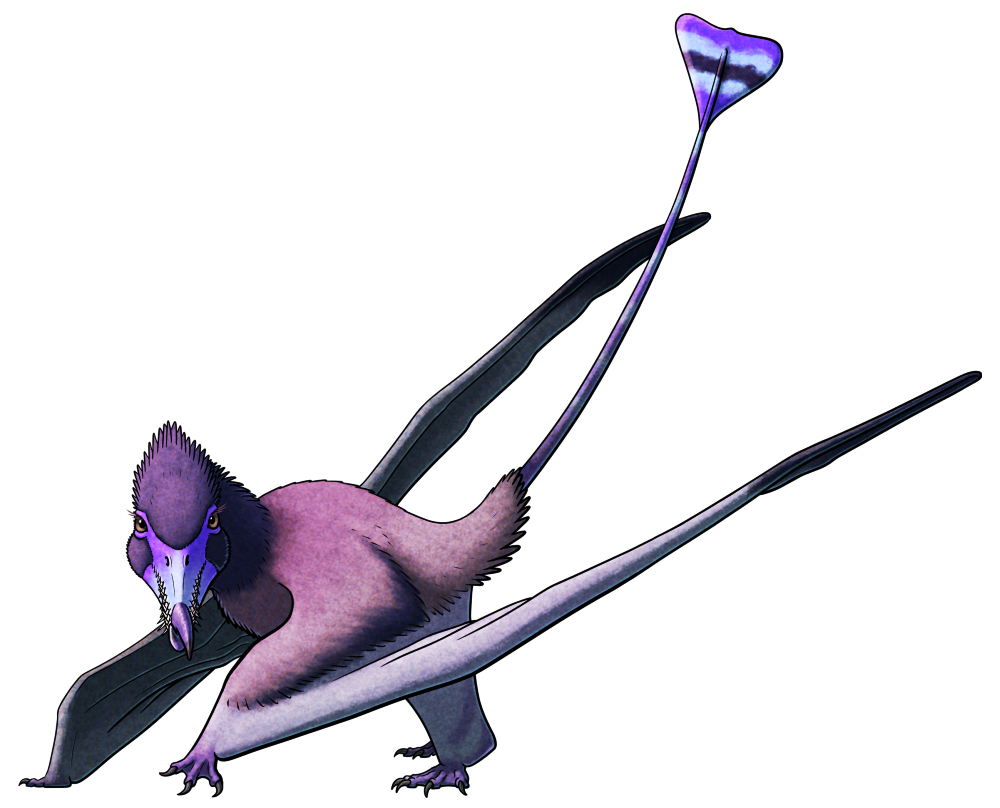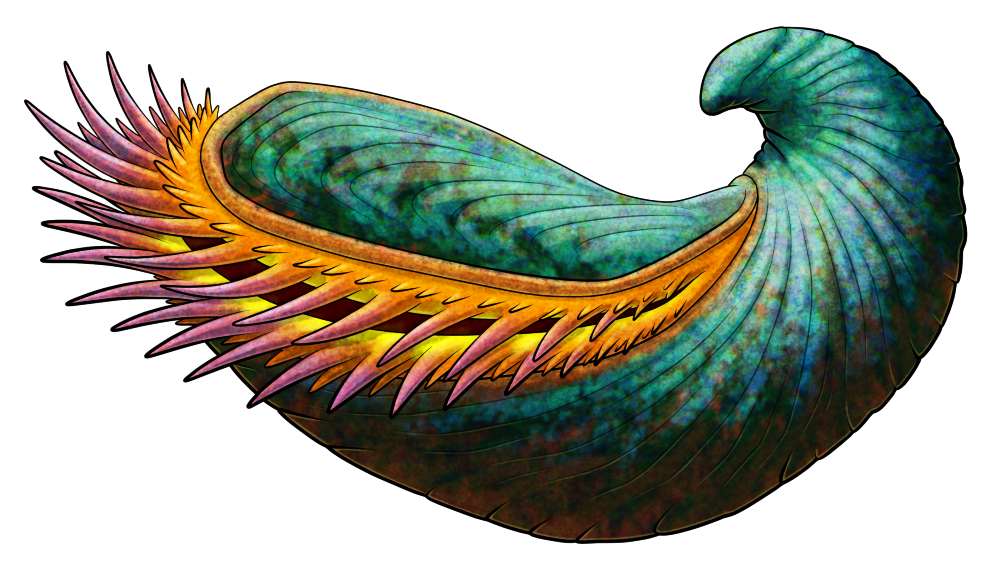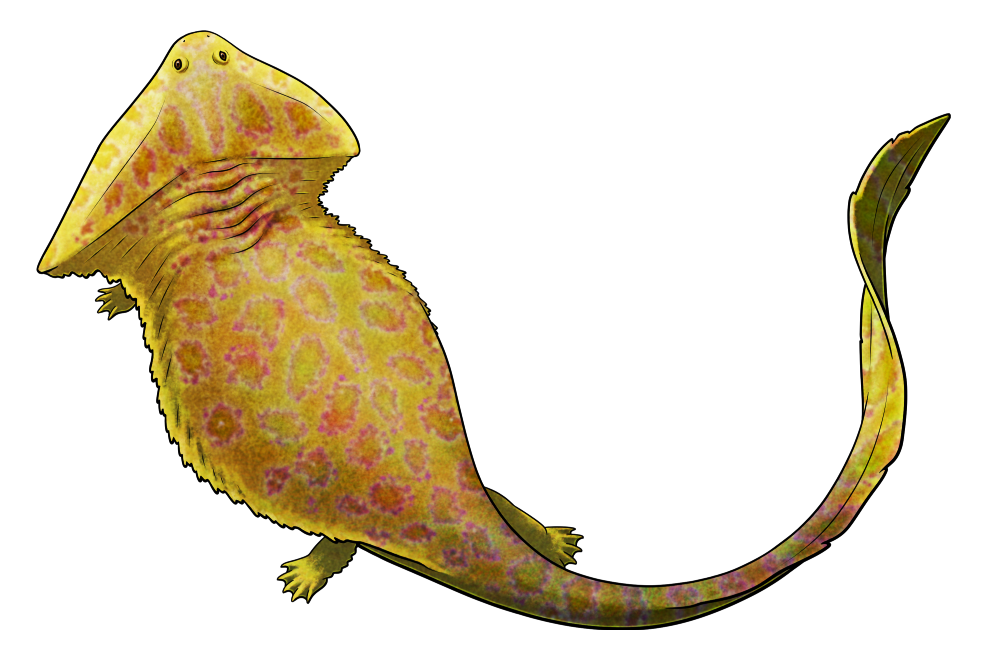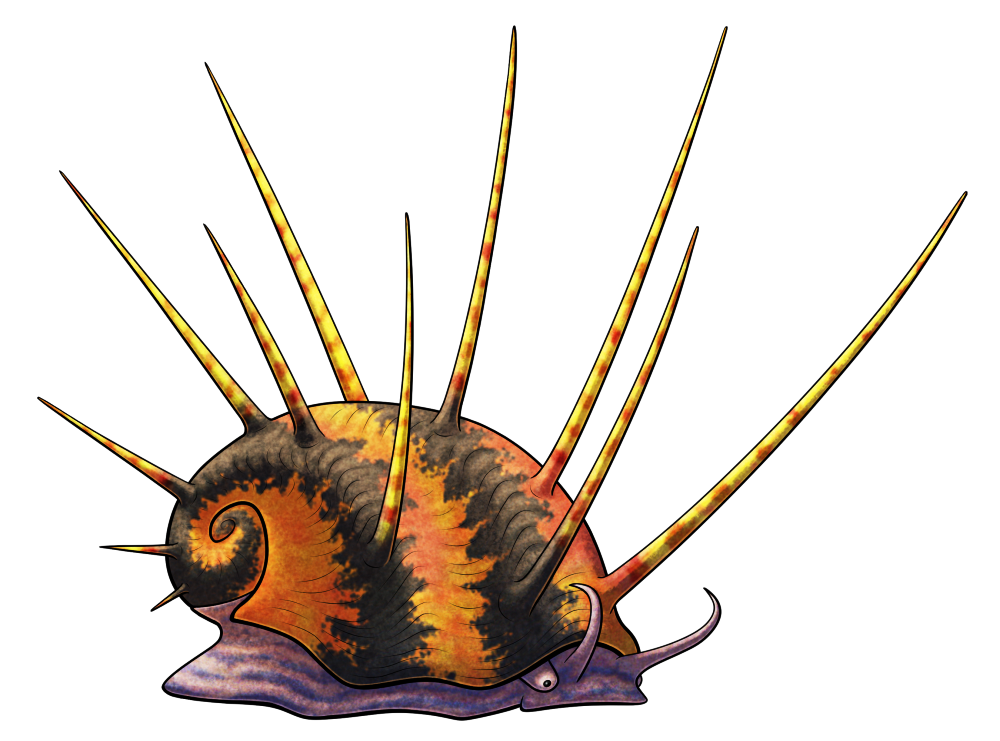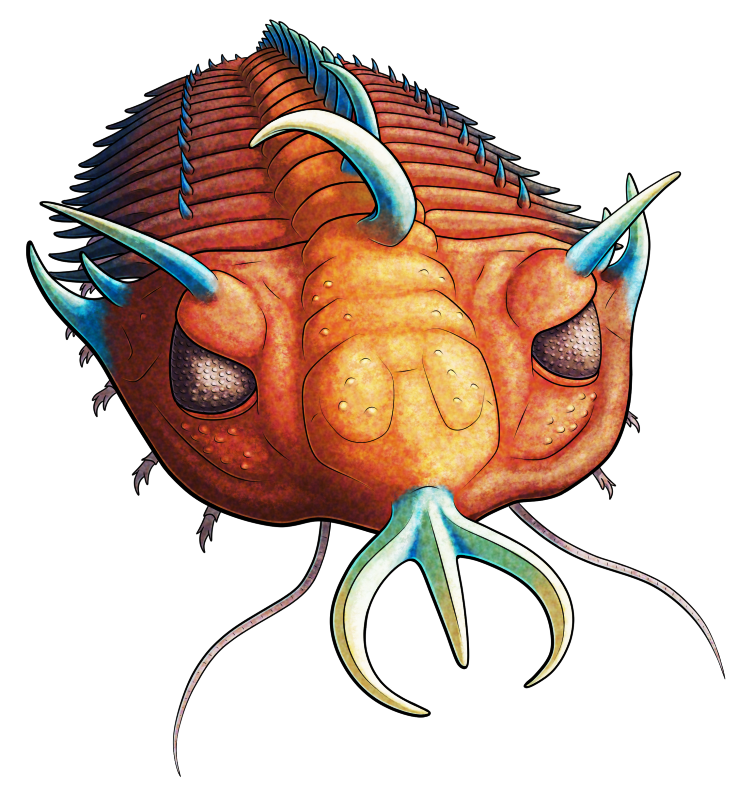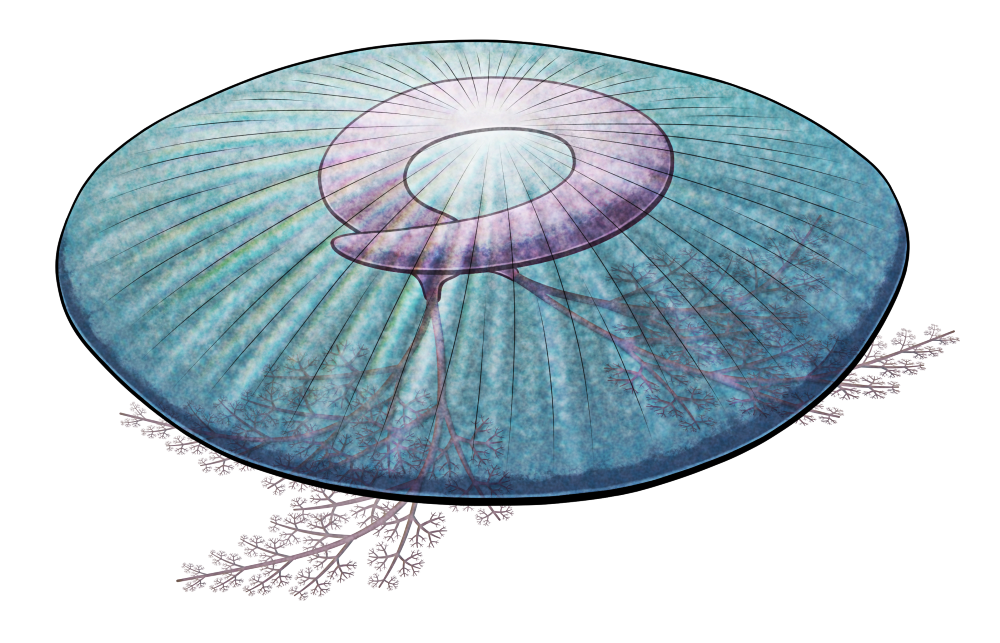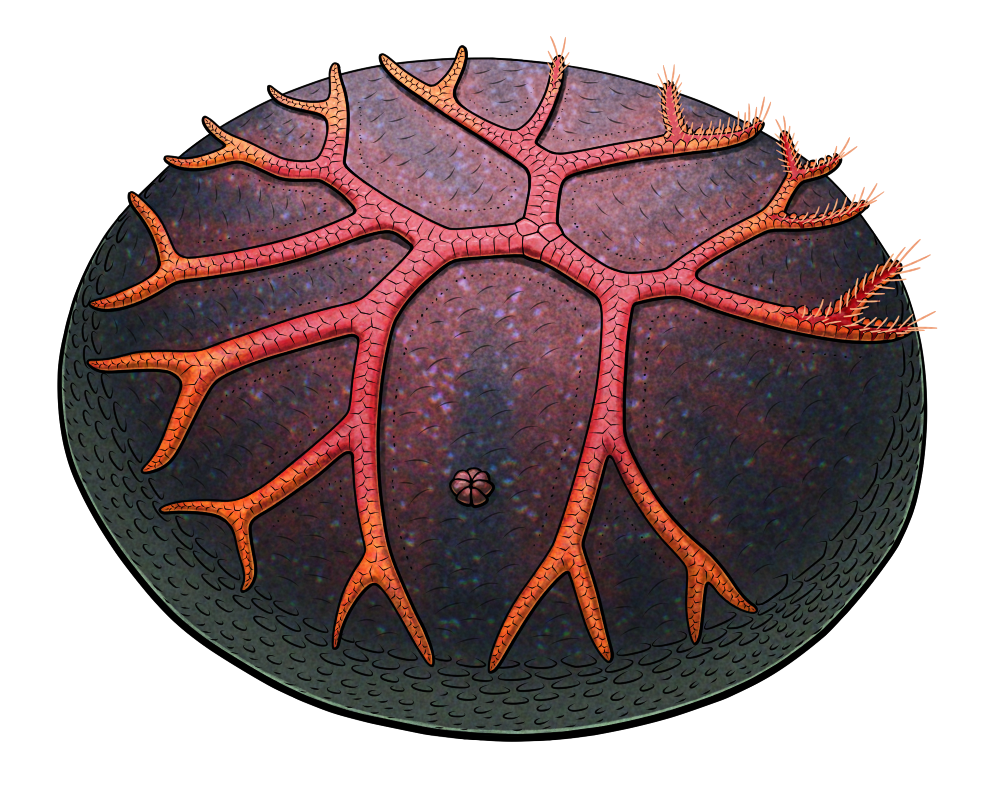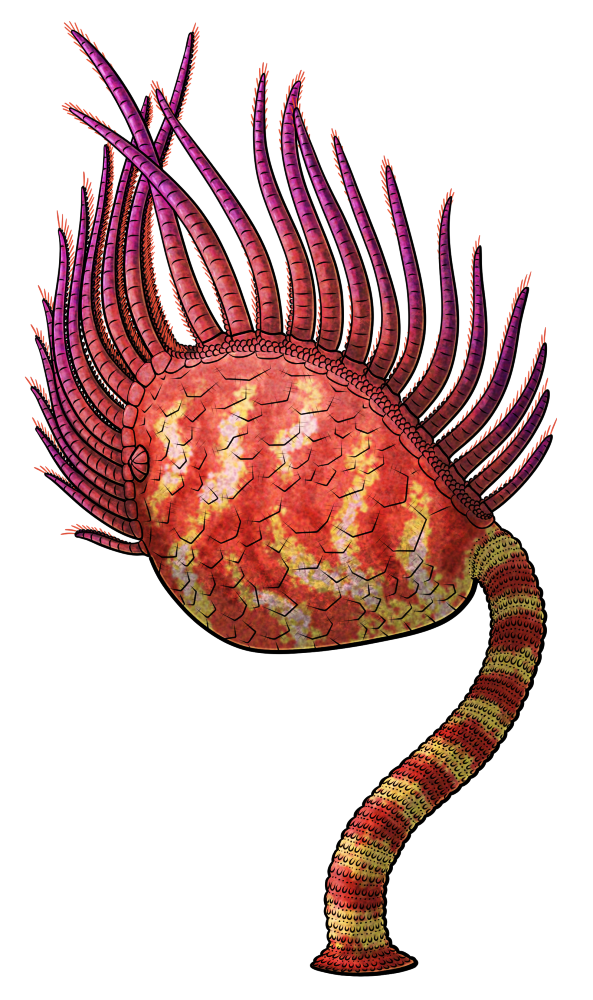Hermit crabs are crustaceans that first appeared at the start of the Jurassic, about 201 million years ago. Despite their common name they aren’t actually true crabs, instead being a classic example of convergently evolving a crab-like body plan via carcinization.
They also have noticeably asymmetric bodies, with abdomens that coil to one side and differently-sized front claws.
And while modern hermit crabs are famous for inhabiting scavenged snail shells, their fossil record suggests this wasn’t always the case.
Originally, they seem to have lived in ammonite shells.
Palaeopagurus vandenengeli lived in what is now northern England during the Early Cretaceous, about 130 million years ago. Around 4-5cm long (~1.6-2″), it was found preserved inside the shell of the ammonite species Simbirskites gottschei.
Its left claw was much larger than its right, and together they would have been used to block the shell opening when it was hiding away inside. And while the exact shape of its abdomen isn’t known, it probably asymmetrically coiled to the side to accomodate the spiralling shape of the host shell.
Hermit crabs seem to have switched over to using gastropod shells by the Late Cretaceous, around 90-80 million years ago, possibly due to marine snails developing much stronger sturdier shells during this period in response to the increasing prevalence of specialized shell-crushing predators. The more upright snail shells would also have been much easier to drag around the seafloor than ammonite shells – and meant that they were ultimately less affected by the total disappearance of ammonites during end-Cretaceous mass extinction.


